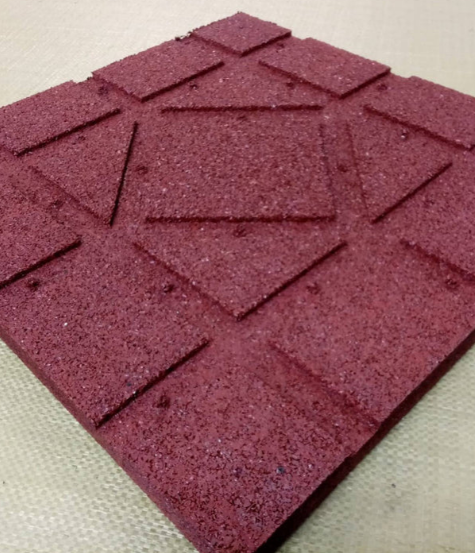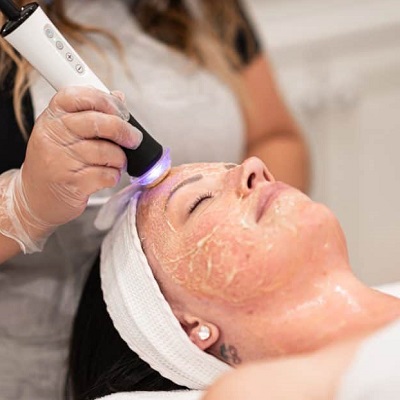Foam and Rubber Matting Garden are the new boons for the commercial space which deals with heavy equipment. These materials have high tensile strength and great resilience or elasticity. They can withstand great momentum and are generally resistant to natural degradation. Unlike concrete this material is not brittle, thus making them an ideal choice for shock absorbent. These materials are also useful in noise damping as their molecular structures are loosely connected not to disperse sound vibration.
But not so loose that they can be easily torn apart by applying little pressure. Such properties make them an apt choice for installation in commercial gyms, indoor kids’ playgrounds, and near bathroom spaces. Foam flooring tiles and rubber mats are now in great supply with prices that have never been lower. There are different types of surfaces that have separate distinct properties. Hence, they require different attention to detail while laying foam flooring over them. Thus if one is planning to buy foam flooring or rubber mat then there are the following five things to be considered before buying and installing foam flooring inside your building.
- For flat concrete
The general hard-to-destroy nature of concrete and the flat leveled surface of the concrete makes it the most favorable surface to install the foam flooring on. The indestructible nature of concrete is considered ideal as it has a great foundation. And rubber floors in general require hard and leveled surfaces, which makes concrete floors the best match for them.
However, there is only one weakness in concrete floors, and that is water. Once the water reaches the rubber, then it can get stuck between the rubber and concrete, creating a new problem of molds. One way to prevent this is to use adhesive, which will prevent moisture from making its way to the concrete with its waterproof properties.
- For ceramic tiles
Just like concrete ceramic tiles are flat and solid however they are not as hard and durable as brittle and the delicate properties of ceramics make them unsuitable to carry out heavy activities. Hence, it is advisable to use subflooring as an intermediate protective layer. Subflooring is a middle layer between two different types of surfaces that provides padding for the layer underneath.
In the absence of subflooring, the tiles may break when heavy pressure is applied or the installed foam flooring tiles are thin.
- For hardwood floors
Hardwood is the trendiest flooring option in the market given its royal and elegant aesthetics. It is the most popular option for a home. However, if there is a need for covering the hardwood floor with foam or rubber tiles then there has to be a layer of protective paper such as craft paper, between the two materials.
It is because the rubber or foam can rub its color off onto the hardwood thereby ruining the color and quality of the floor. Therefore, the purpose of the protective layer is to prevent the transfer of color from rubber to hardwood. Another thing to keep in mind is that one has to be extra cautious while installing foam flooring over an outdoor wooden patio or deck. For such surfaces, a modular perforated tile is preferred over normal ones as it doesn’t allow rainwater to collect and drain the water from underneath.
For garden spaces or kids’ playing areas, a rubber matting garden is a beautiful option. It is visually appealing as well as durable at the same time.
- For Carpet
Normal rubber mats are not a good option because, when the mats are placed over the carpet, they will create folds in the carpet underneath. This can result in an uneven finish and poor appearance. This also raises the chances of tripping over from the inconsistent flooring.
Raised interlocking tiles are a better substitute for foam or rubber tiles. These interlocking tiles prevent such issues and are good for the carpet underneath.
- For rooftops
There are times when rooftops require foam rubber flooring. For instance, people make their terrace a gym. Rubber flooring rolls are not usually an ideal option given the higher chances of developing molds. Molds love damp spaces and installing rubber over the rooftop means inviting molds to grow underneath. Hence, it’s strictly not recommended.
To avoid this, the use of perforated tiles is preferred as they effectively drain the water from underneath and prevent the moisture to collect. The holes in the tiles help the moisture evaporate into the atmosphere significantly reducing the chances of the growth of molds.
Conclusion
Foam tiles and rubber mats have great functional use and they can be used over many surfaces. The different surface requires different cautious steps while installing the tile over them. These tiles can also be visually appealing for instance, the rubber matting garden has great visual appeal and can substitute for the indoor garden.
There are instances when such tiles should always be avoided. For instance, ridges are not suitable for the foam tile to get installed over. But overall, as long as the surface is leveled, dry and inside the building, then foam tiles and rubber floors can be installed without any inconvenience.




